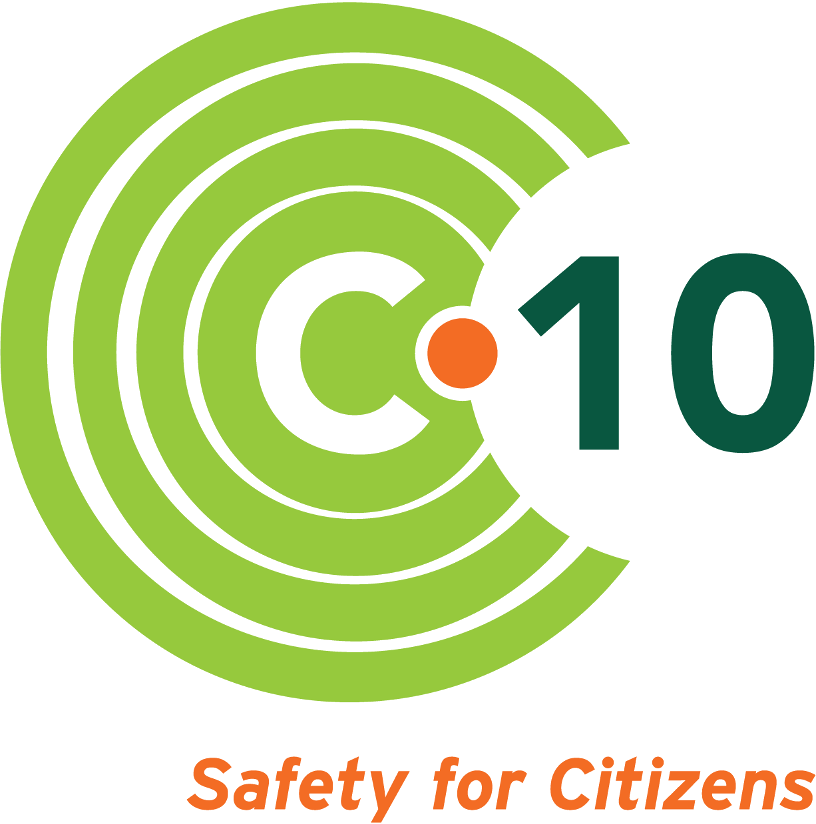What magnitude of victory?
- By Dave Lochbaum
- •
- 03 Aug, 2020
C-10 has changed the game, regardless of outcome in Seabrook's concrete case

C-10 held its annual public meeting in a virtual format on July 15, 2020 (watch it here). Attorney Diane Curran provided an update on the organization’s legal intervention in the renewal by the Nuclear Regulatory Commission (NRC) of the reactor operating license for Seabrook Station. The matter is before the NRC’s Atomic Safety and Licensing Board (ASLB), a three-judge panel, with a ruling now anticipated by August 21. C-10’s primary contention was that plant owner NextEra Energy was not adequately protecting against aging degradation of concrete structures at Seabrook, specifically caused by an alkali-silica reaction (ASR) to groundwater causing concrete to swell, crack, and weaken.
Diane, along with C-10 Executive Director Natalie Hildt Treat, C-10 Board President Pat Skibbee, and the leader of C-10 Working Group on Seabrook’s Concrete, Chris Nord, referred to the ASLB’s pending ruling in the case as reflecting either a win or loss. Actually, the ASLB’s ruling will not determine whether C-10’s efforts were successful or futile. Instead, it will measure the magnitude of C-10’s victory.
NextEra’s own actions and words demonstrate the victory achieved by C-10’s efforts. On May 25, 2010, NextEra submitted a license renewal application to the NRC seeking a 20-year extension to Seabrook’s operating license. The application totaled 2,601 pages with plenty of words. On those pages and in those many words, ASR was not mentioned once. ASR was not identified as a concrete degradation mechanism; nor did the application identify measures to be employed by NextEra in monitoring for ASR and in mitigating its effects.
NextEra submitted to the NRC an update to its aging management programs covered within its license renewal application on May 18, 2018. This 278-page report mentions ASR lots of times.
More importantly, it mentions periodic inspections that will look for signs of ASR degradation. Even more importantly, it defines criteria for when ASR degradation transforms from being annoying to being intolerable. Between May 2010 and May 2018, NextEra submitted numerous other reports to the NRC regarding the development and refinement of its ASR aging management program.
C-10’s case before the ASLB contends that the ASR aging management programs still lack elements needed to make them sufficiently comprehensive and reliable. But even if the ASLB rules against C-10 by requiring no further changes to the ASR aging management program, that would hardly be a loss for C-10.
For while that program arguably could be made better, it was undeniably completely inadequate by being completely absent from the May 2010 license renewal application. So, the ASLB’s ruling will only measure the extent of C-10’s success. It’s not a debate over the glass being half-full or half-empty: the glass is no longer bone dry.
I readily accepted an invitation last year to join C-10’s Advisory Board after having worked with the organization on nuclear safety and security issues for nearly two decades. Many interactions over those years taught me that C-10 gets results — perhaps not exactly the entire results they sought, but tangible results clearly worth my investments of time in their support.
One cannot count the number of mishaps and meltdowns averted through C-10’s efforts. But one can count on C-10 to engage when they perceive an undue nuclear safety threat to their community.
Dave Lochbaum is an independent nuclear safety consultant, recently retired from the Union of Concerned Scientists. Lochbaum worked as a nuclear engineer in nuclear power plants for 17 years. Read his bio here.

Follow us



